A Review of ‘Psycho’ (1960)
[This review may contain spoilers]
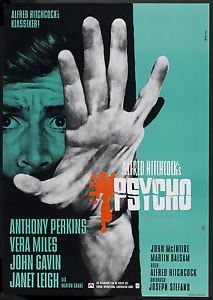
November 14, 2022
Arguably Alfred Hitchcock’s most famous work, “Psycho” has been praised for its cinematography, soundtrack, writing, and acting since its wide release in September 1960.
“Psycho” is based on Robert Bloch’s 1959 novel of the same name, which itself was loosely inspired by the case of Ed Gein–an American murderer and grave robber–but it’s clear that the film stands beautifully on its own.
Shot in stunning black and white, “Psycho” follows several characters over the course of its nearly two hour runtime and paints a story of isolation and madness. It’s a film that frequently shows rather than tells, making great use of abrupt cuts as well as lingering perspective shots to explain what’s going on in the heads of its protagonists. The camera work is only strengthened by the movie’s talented cast.
Though viewers begin the movie alongside Marion Crane, characterized brilliantly by Janet Leigh as a good person who makes a fatal mistake as she tries to escape a stifling situation, they eventually find themselves rooting for an unlikely protagonist in the form of the shy but suspicious Norman Bates–a role made instantly iconic by Anthony Perkins’ truly exceptional performance. Though neither character is perfectly good, the fact that the audience finds themselves invested in both of their stories is a true testament to Hitchcock’s talent.
Presently “Psycho”s influence can be seen in dozens of movies–horror or not. Bernard Hermann‘s memorable soundtrack has worked its way into other films, continually proving its effectiveness in instilling the audience with a feeling of dread. The “Shower Scene” has been replicated and parodied to death–decades after its release, and “Psycho” is still one of the most recognizable films in cinema history.
It blew audiences away in 1960, and it continues to impress me each and every time I watch it. It’s surely not for everyone, but for me it’s an obvious 5/5 paws.


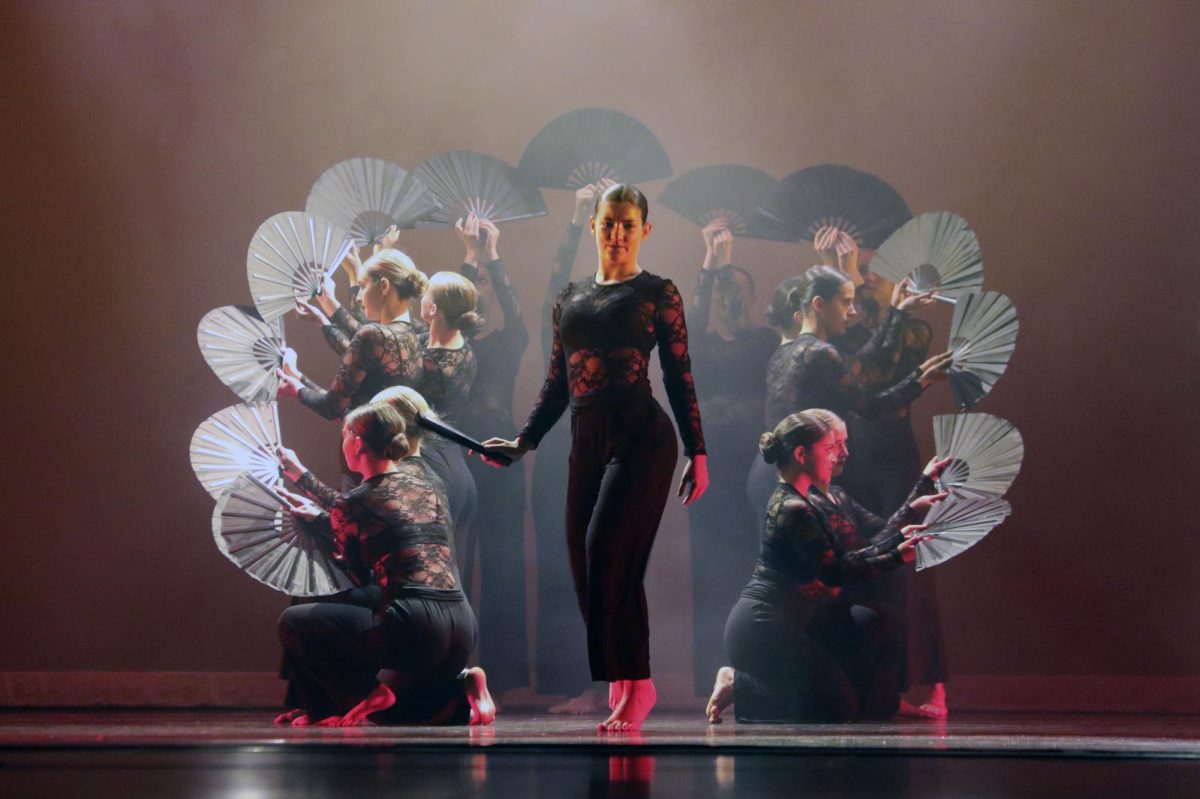
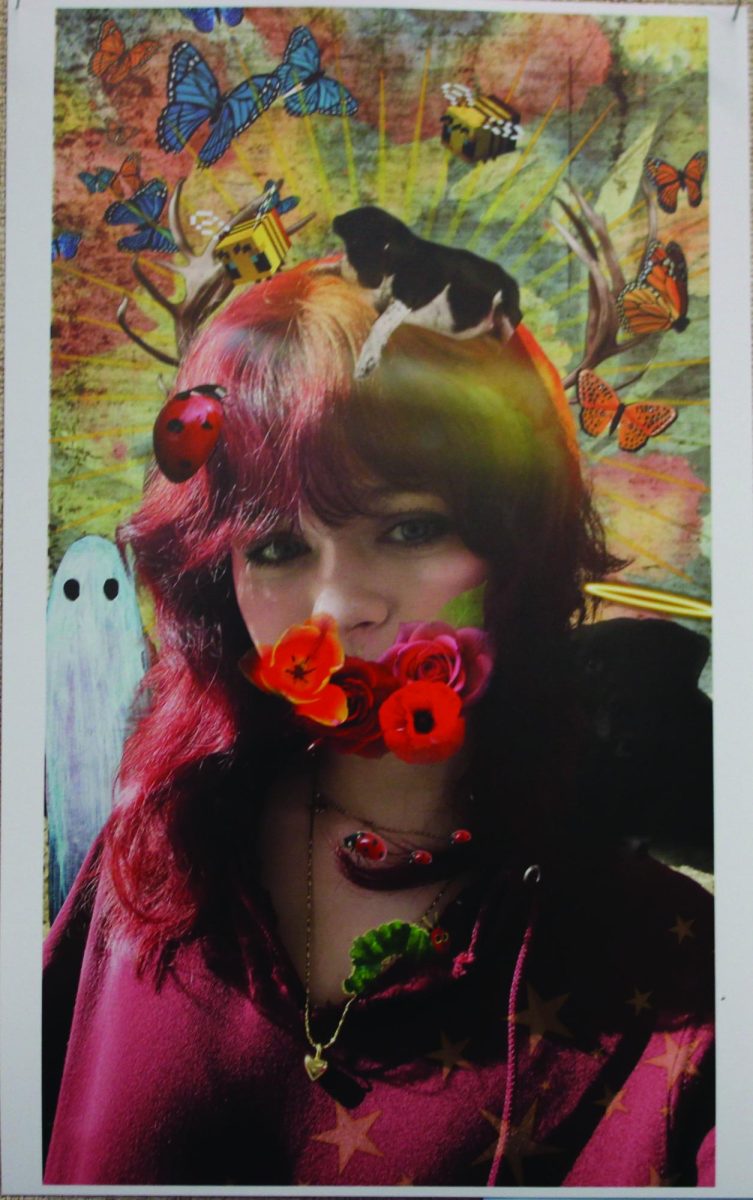


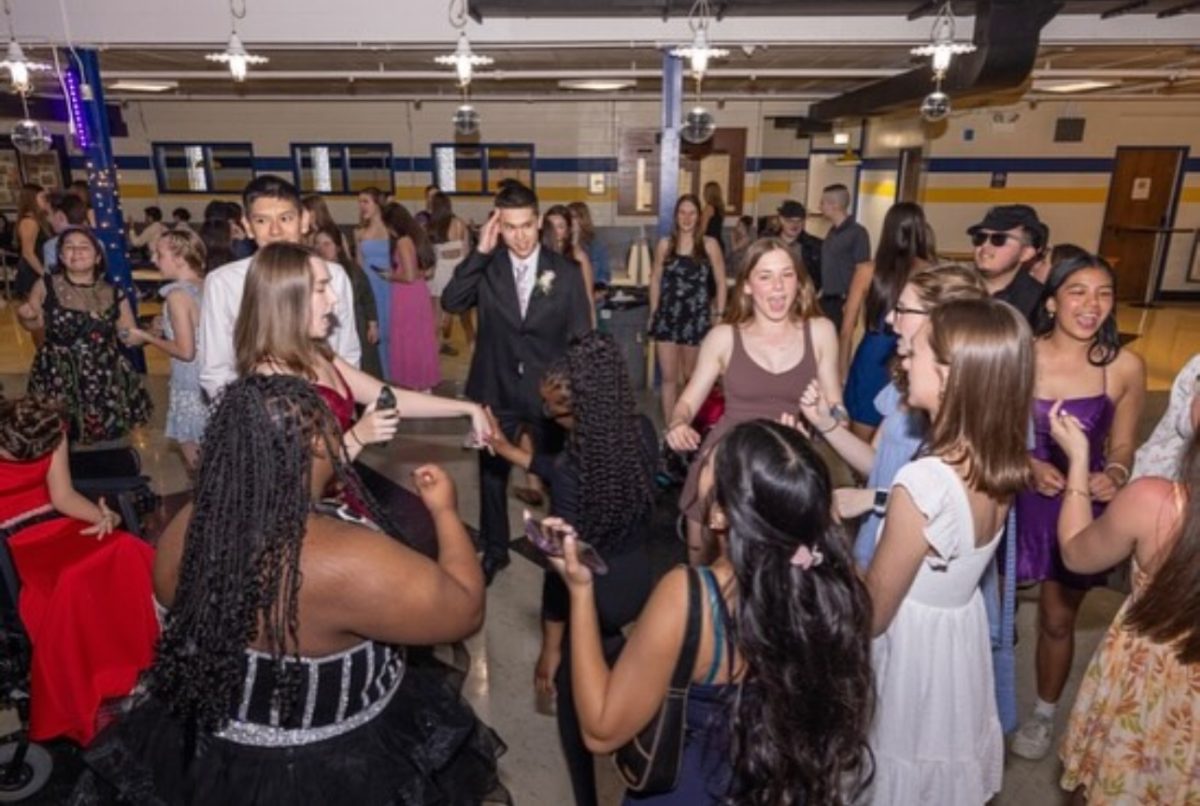



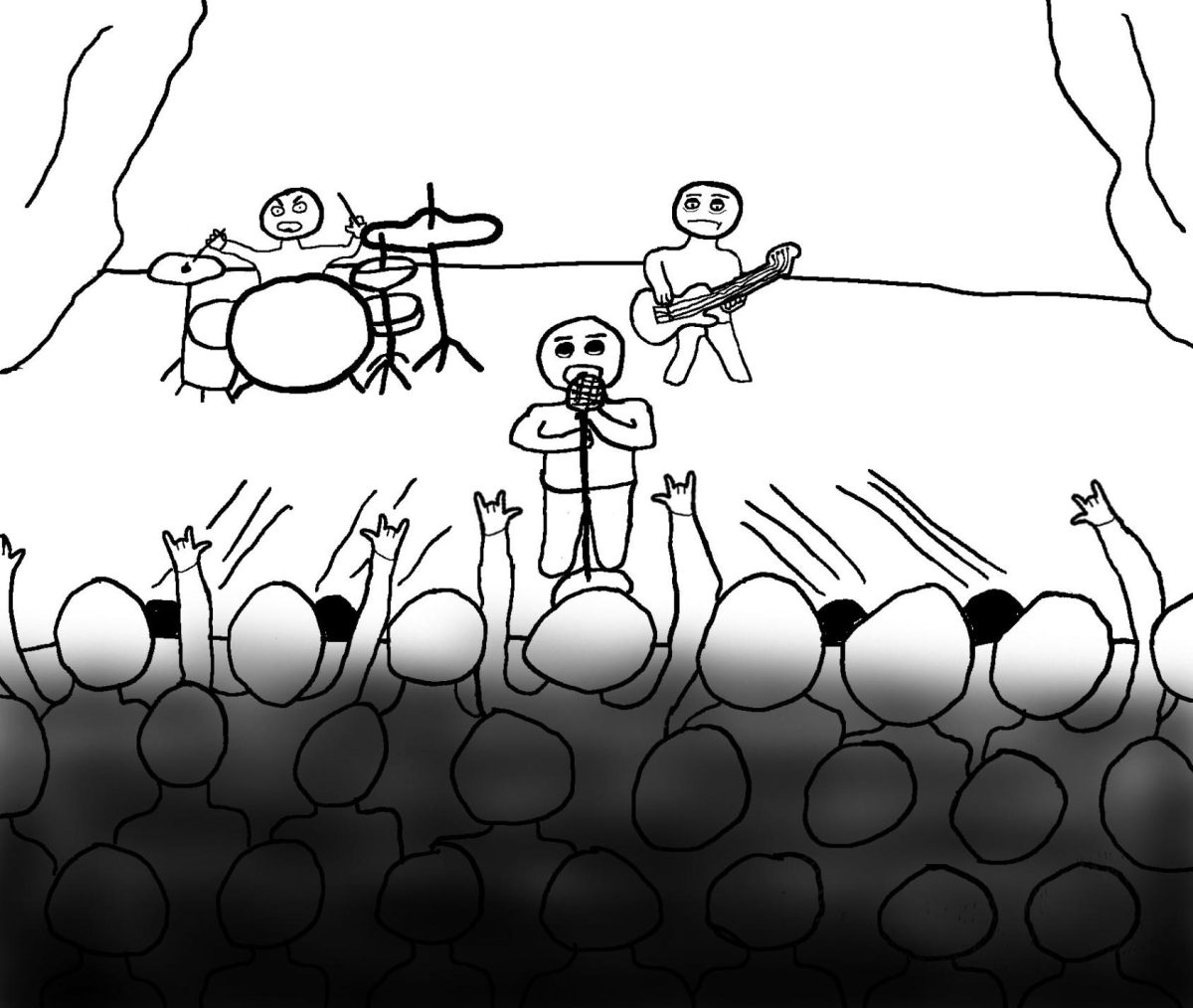
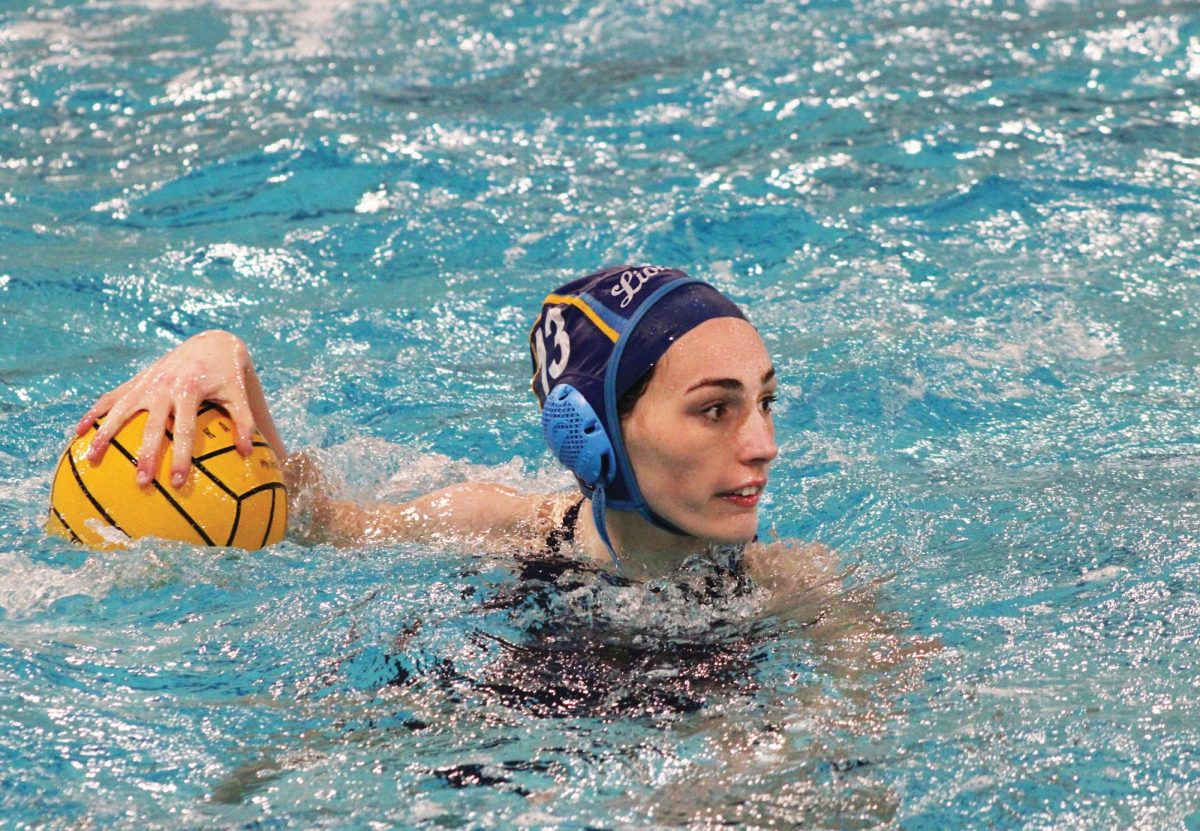
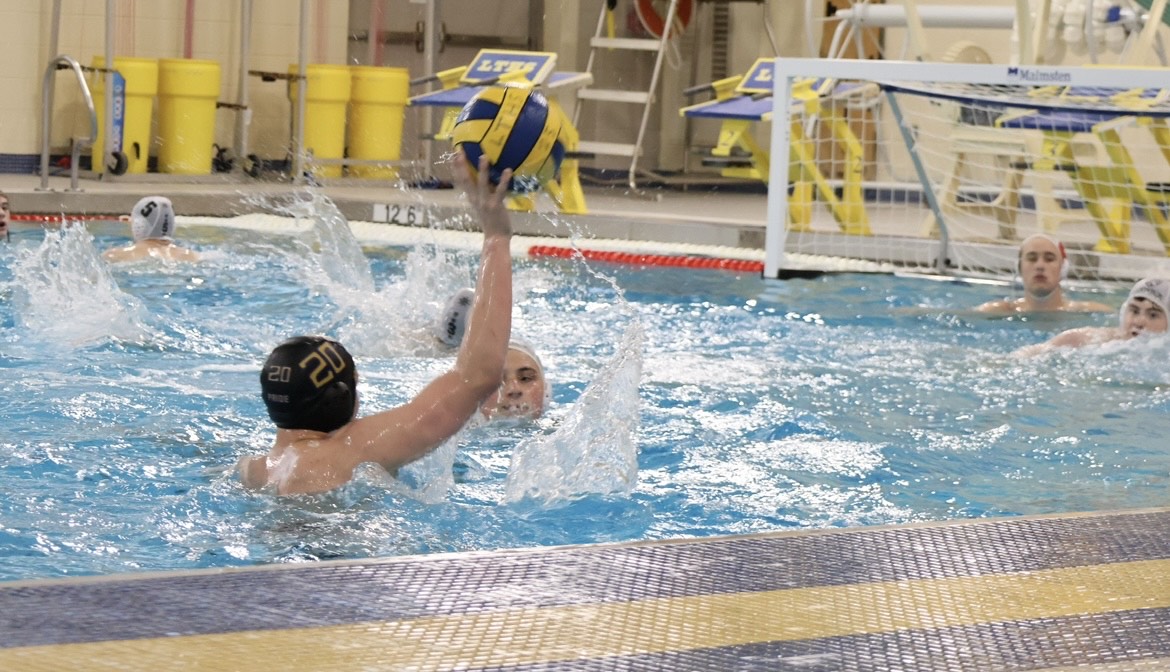


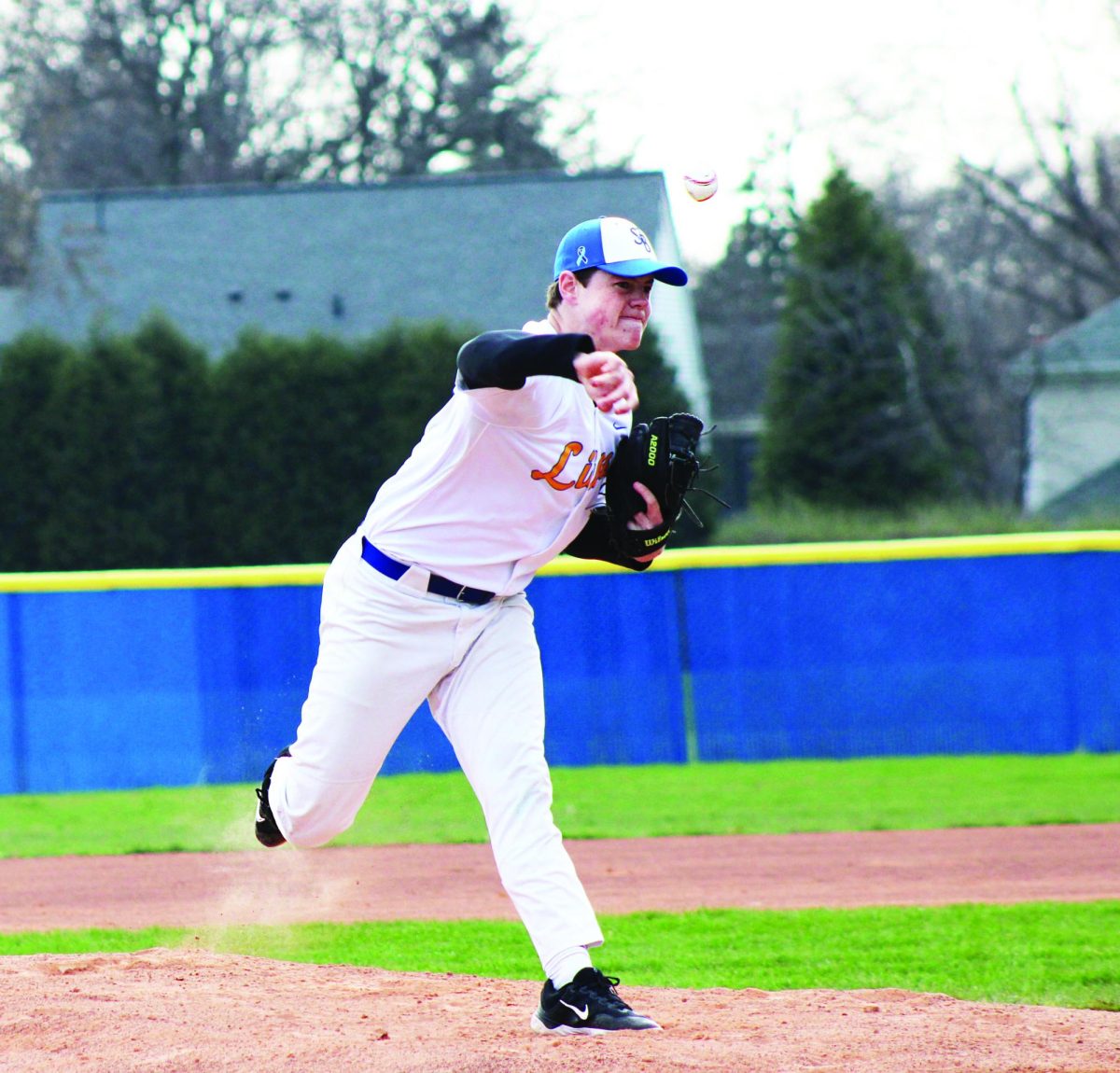





![Movie poster for '[Rec]" (2007).](https://www.lionnewspaper.com/wp-content/uploads/2023/04/rec-640x900.jpg)

